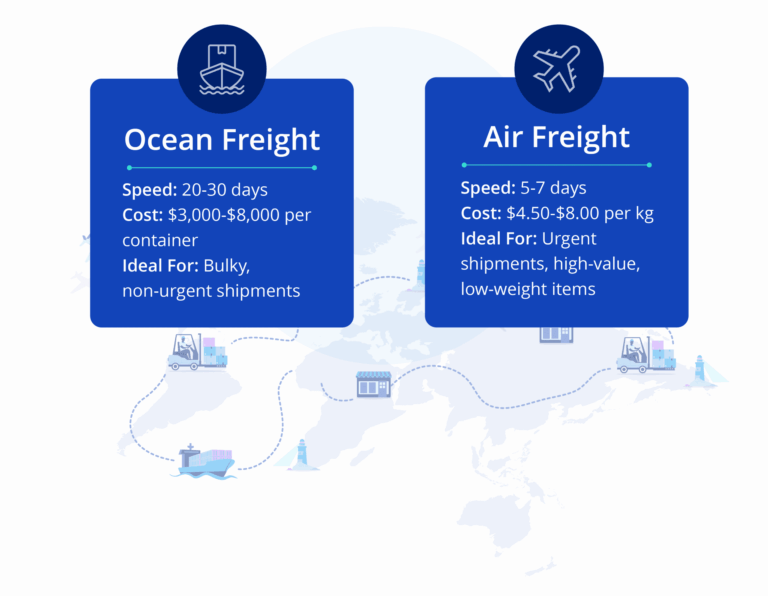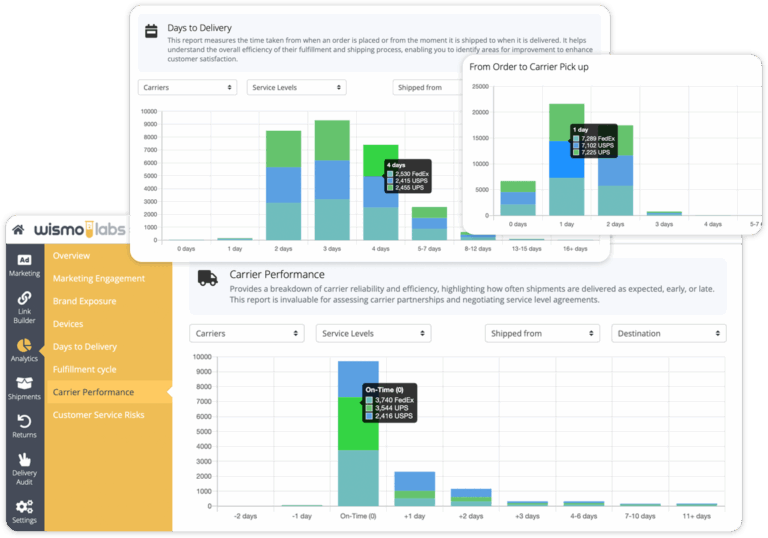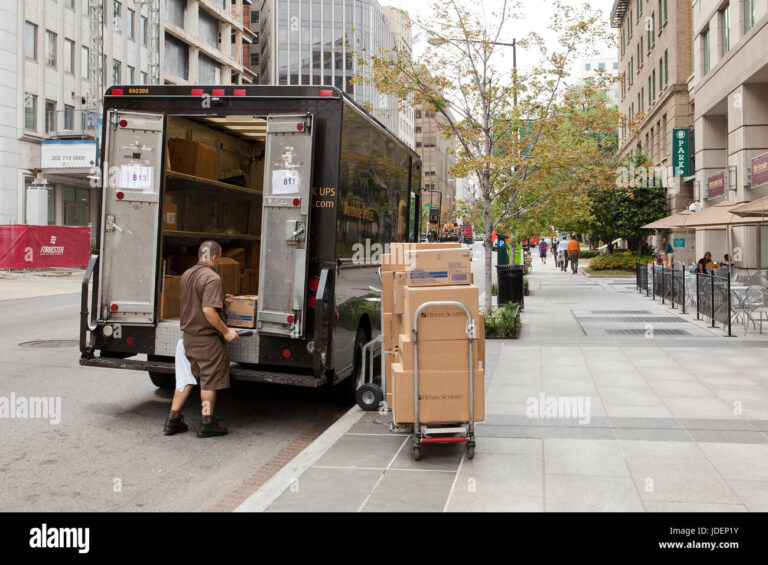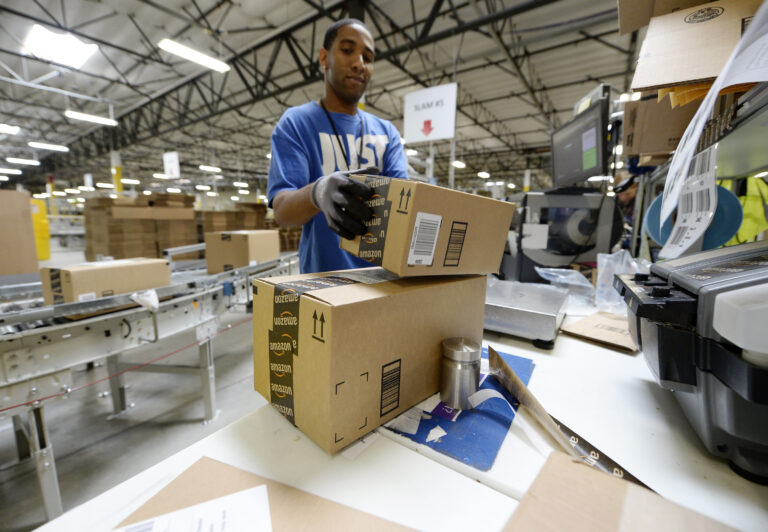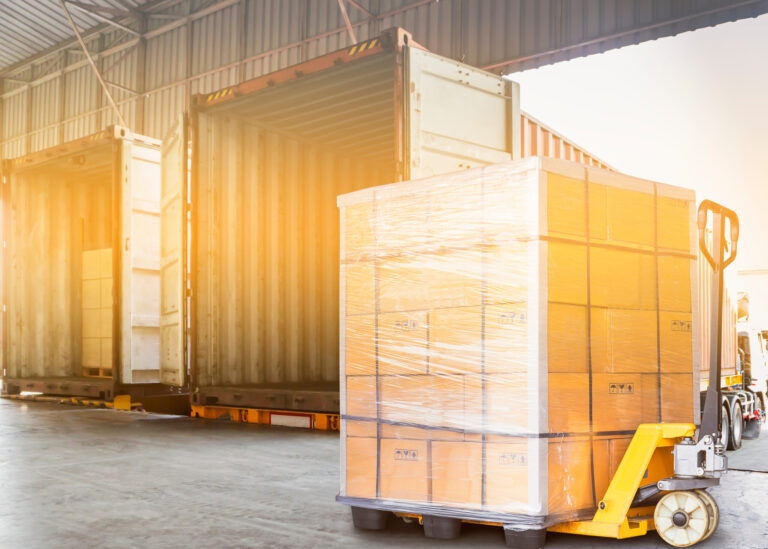Ultimate Guide to Shipping to Thailand: Costs, Methods, and Key Tips (2025)
Why Shipping to Thailand Matters
Thailand’s e-commerce market, valued at $21 billion in 2025, is growing rapidly at 12% annually. As a Southeast Asian hub, it attracts shipments from major exporters like China, the U.S., Germany, and Japan. Users searching “shipping to Thailand” want cost estimates, reliable providers, and tips to avoid delays. This guide covers shipping options, costs, transit times, and key considerations for small parcels, bulk cargo, and containers.
Shipping Methods to Thailand
Shipping to Thailand includes sea freight, air freight, and express courier services. Each method suits different needs based on shipment size, urgency, and budget.
Sea Freight: Container and Bulk Cargo
Sea freight is cost-effective for large shipments like commercial goods or machinery. It includes Full Container Load (FCL), Less than Container Load (LCL), and breakbulk/RoRo.
Full Container Load (FCL)
FCL involves reserving a 20-foot or 40-foot container, ideal for large volumes like electronics or furniture.
- Costs:
- China (e.g., Shanghai to Laem Chabang): $1,500–$2,500 USD (20ft); $2,200–$3,500 USD (40ft).
- U.S. (e.g., Los Angeles to Bangkok): $2,800–$4,500 USD (20ft); $4,000–$6,000 USD (40ft).
- Germany (e.g., Hamburg to Laem Chabang): $2,000–$3,200 USD (20ft); $3,000–$4,800 USD (40ft).
- Japan (e.g., Yokohama to Bangkok): $1,800–$2,800 USD (20ft); $2,500–$4,000 USD (40ft).
- Transit Times:
- China: 14–21 days.
- U.S.: 25–35 days.
- Germany: 30–40 days.
- Japan: 10–15 days.
- Considerations:
- Best for shipments filling at least half a container.
- Additional costs include port fees and inland transport.
- Thai customs require a commercial invoice and packing list.
Less than Container Load (LCL)
LCL is suitable for smaller shipments, sharing container space with other cargo.
- Costs:
- China: Cainiao Global charges 41 CNY (~$6 USD) for a 1kg parcel, 9–11 days. For 1 cubic meter, expect $70–$110 USD.
- U.S.: $120–$180 USD per cubic meter.
- Germany: $90–$140 USD per cubic meter.
- Japan: $80–$120 USD per cubic meter.
- Transit Times:
- China: 14–21 days.
- U.S.: 25–35 days.
- Germany: 30–40 days.
- Japan: 10–15 days.
- Considerations:
- Cost-effective for shipments under 500kg.
- Longer transit due to consolidation.
- Accurate measurements prevent dimensional weight charges.
Breakbulk and RoRo (Roll-on/Roll-off)
Breakbulk and RoRo handle oversized cargo like vehicles or machinery.
- Costs:
- China: RoRo for a car costs $900–$1,400 USD; breakbulk is $80–$150 USD per metric ton.
- U.S.: RoRo costs $1,300–$2,000 USD.
- Germany: RoRo costs $1,000–$1,600 USD.
- Japan: RoRo costs $800–$1,300 USD.
- Transit Times:
- Similar to FCL/LCL: 10–40 days depending on origin.
- Considerations:
- RoRo suits vehicles; breakbulk is for oversized items.
- Marine insurance (1–2% of value) is recommended.
Air Freight: Bulk and Small Parcels
Air freight is faster, ideal for time-sensitive or high-value goods like electronics or small parcels.
Bulk Air Freight
Bulk air freight suits shipments over 4 lbs, such as commercial inventory.
- Costs:
- China: $4–$9 USD per kg (e.g., $400–$900 for 100kg).
- U.S.: $3–$7 USD per kg.
- Germany: $3–$6 USD per kg.
- Japan: $5–$10 USD per kg.
- Transit Times:
- China: 3–7 days to Bangkok.
- U.S.: 2–5 days.
- Germany: 4–8 days.
- Japan: 2–4 days.
- Considerations:
- Volumetric weight (length x width x height / 6000) may increase costs.
- Customs clearance requires an airway bill and invoice.
Small Parcel Express Services
Express couriers are perfect for e-commerce and personal parcels under 1kg.
- Costs:
- China: Cainiao Global charges 41 CNY (~$6 USD) for 1kg, 9–11 days. DHL/FedEx: $15–$40 USD, 3–5 days.
- U.S.: $12–$35 USD (USPS, FedEx), 5–10 days.
- Germany: $10–$30 USD, 3–6 days.
- Japan: $12–$35 USD, 3–5 days.
- Transit Times:
- China: 9–11 days (Cainiao); 3–5 days (DHL/FedEx).
- U.S.: 5–10 days.
- Germany: 3–6 days.
- Japan: 3–5 days.
- Considerations:
- Cainiao is budget-friendly but slower.
- Tracking is standard with most couriers.
- VAT or duties may apply for parcels over $50 USD.
Cost Comparison Table
| Method | Origin | Cost (1kg) | Transit Time | Best For |
|---|---|---|---|---|
| Sea Freight (FCL) | China | $1,500–$4,000 (container) | 14–21 days | Large shipments |
| Sea Freight (LCL) | China | $6–$110 (1kg–1m³) | 14–21 days | Small–medium shipments |
| Air Freight (Bulk) | China | $4–$9 per kg | 3–7 days | High-value goods |
| Express (Small Parcel) | China | $6–$40 | 3–11 days | E-commerce, personal parcels |
| Sea Freight (FCL) | U.S. | $2,800–$6,000 (container) | 25–35 days | Large shipments |
| Express (Small Parcel) | U.S. | $12–$35 | 5–10 days | E-commerce, personal parcels |
| Sea Freight (FCL) | Germany | $2,000–$4,800 (container) | 30–40 days | Large shipments |
| Express (Small Parcel) | Germany | $10–$30 | 3–6 days | E-commerce, personal parcels |
| Sea Freight (FCL) | Japan | $1,800–$4,000 (container) | 10–15 days | Large shipments |
| Express (Small Parcel) | Japan | $12–$35 | 3–5 days | E-commerce, personal parcels |
Recommended Service Providers
- Sea Freight:
- Maersk: Reliable for FCL/LCL to Laem Chabang.
- COSCO: Strong for China–Thailand routes.
- MSC: Competitive rates from Europe and the U.S.
- Air Freight:
- Thai Airways Cargo: Efficient for Asia–Thailand routes.
- Lufthansa Cargo: Ideal for Germany–Thailand.
- FedEx Freight: Strong for U.S.–Thailand bulk air.
- Express Courier:
- Cainiao Global: Budget-friendly for 1kg parcels from China.
- DHL Express: Fast, reliable for global shipments.
- FedEx/UPS: Consistent for U.S. and Japan routes.
- Thailand Post: Local partner for last-mile delivery.
Key Considerations for Shipping to Thailand
Customs and Regulations
- Import Duties: Goods over 1,500 THB (~$45 USD) may incur 7% VAT and duties (0–30% based on product type).
- Documentation: Commercial invoice, packing list, and bill of lading/airway bill are required.
- Prohibited Items: Include narcotics, weapons, and counterfeit goods. Check Thailand’s customs website for details.
Packaging and Dimensional Weight
- Use lightweight, durable packaging to minimize weight.
- Calculate volumetric weight for air freight to avoid surprises.
- Secure cargo for sea freight to withstand humidity and long transit.
Major Ports and Airports
- Ports: Laem Chabang and Bangkok Port are primary entry points.
- Airports: Suvarnabhumi (Bangkok) and Don Mueang handle most air freight.
- Choose destinations near your recipient to reduce inland costs.
Seasonal and Logistical Factors
- Peak seasons (e.g., Q4, Chinese New Year) may increase costs.
- Monsoon season (May–October) can delay sea freight.
- Check Thai holidays like Songkran (April) for customs delays.
Tracking and Insurance
- Use providers with robust tracking (Cainiao, DHL, Maersk).
- Insure high-value shipments (1–2% of value) for loss or damage.
Tips for Cost-Effective Shipping
- Compare Rates: Use platforms like Freightos to find the best deals.
- Optimize Size: Stay under 1kg for Cainiao’s 41 CNY rate from China.
- Plan for Customs: Prepare accurate documentation to avoid delays.
- Use Local Delivery: Thailand Post can reduce last-mile costs.
- Leverage E-commerce: Platforms like Alibaba offer discounted Cainiao rates.
Conclusion
Shipping to Thailand is straightforward with options for every need. Cainiao Global’s 41 CNY (~$6 USD) rate for 1kg parcels from China is ideal for e-commerce, while sea freight (FCL/LCL) suits bulk shipments, and air freight ensures fast delivery. By understanding costs, providers, and customs requirements, you can optimize your logistics. Contact Cainiao Global, Maersk, or DHL for quotes, or use comparison platforms to secure the best rates.
